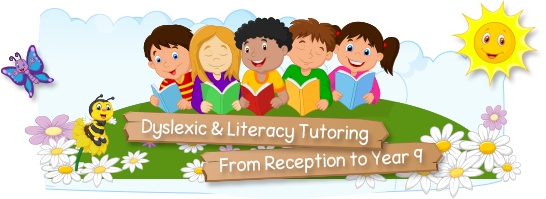Hickey Multi-Sensory Literacy Program
The Hickey Multi-Sensory Literacy Program is internationally recognised and recommended by the British Dyslexia Association and the International Dyslexia Association USA. The program is used to assist students with dyslexia and those with additional literacy needs. The Playberry Dyslexia Multisensory Literacy Program is based on this program.
It involves the direct teaching of phonics (the letters and sounds in words), syllables and spelling and grammar rules.
The aim of the program is to continually practise what students have learnt, until it becomes automatic. Therefore, helping them to apply the essential foundation literacy rules of English to reading, spelling and writing. This assists the student to gain an understanding and structure in their learning and allows them the confidence to move forward with advanced letter combinations and sounds.
The program has 107 teaching points. It begins with teaching students the initial sounds and letters and then progressing onto more advanced sounds and rules, while continually building on their previous learning.
There are seven significant components to each session:
- Alphabet activities
- Reading cards – to practise their sounds and rules
- Spelling cards – to practise writing their sounds
- Spelling revision
- Activity sheet – to revise previous work
- A new teaching point
- Games – to reinforce work
What are the program’s benefits?
The program is very structured and taught differently than at school. It gives students plenty of time to complete the tasks and remember what they have learnt, as they only learn one sound or rule in a session.
It provides lots of opportunity to practise, which helps with their memory. They are able to work on remembering the sounds and saying them automatically.
Using the different senses allows them to help master their learning. Activities involve listening, speaking, writing and using materials such as alphabet letters, assisting the student in retaining the knowledge.
Some dyslexic students have difficulty writing and forming letters correctly in print form. Writing, using cursive places less stress on the student, as they do not have to lift their pen off the paper each time when forming a new letter. Cursive may also helps students who reverse their letters, such as d, b, p and q.
Working together
The program involves a commitment from students and families, as it does require practise at home to help reinforce what is taught in the sessions. I will work with you in helping you support your child at home. This will include a systemised routine and structure that both yourself and your child will benefit from, while ensuring the learning reinforces their sessions with myself. Together, as a team we can work towards building your child’s confidence in their learning and themselves.
Please contact me with any additional questions or to assist you with tutoring.

